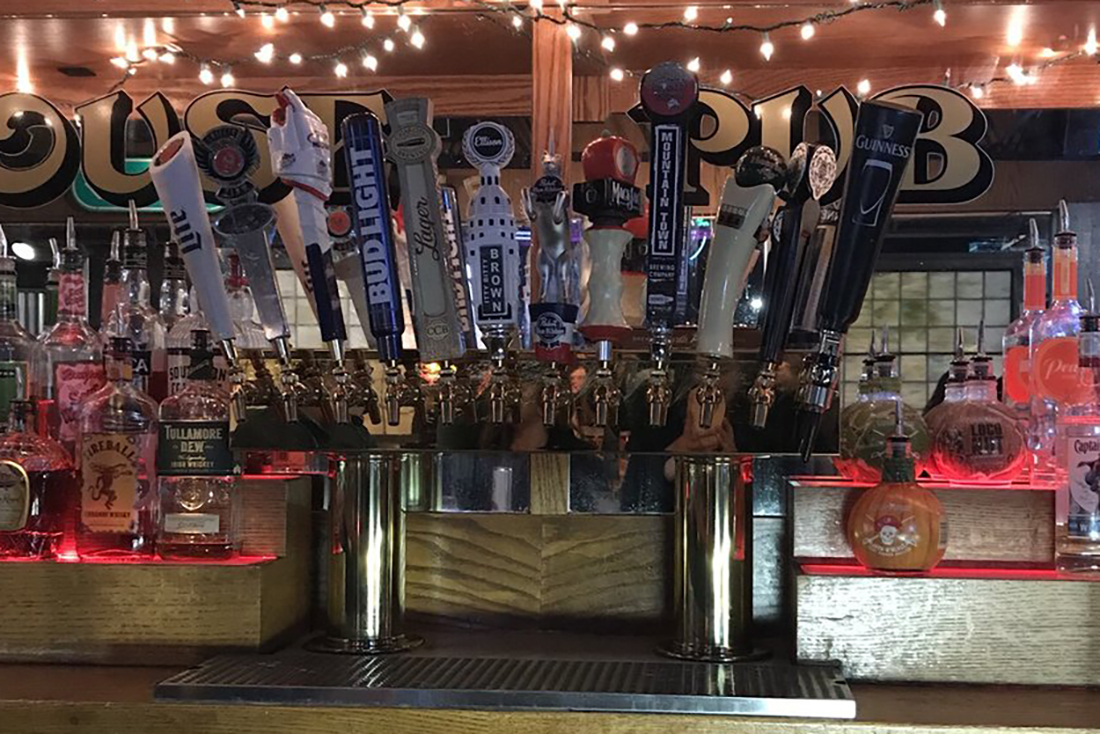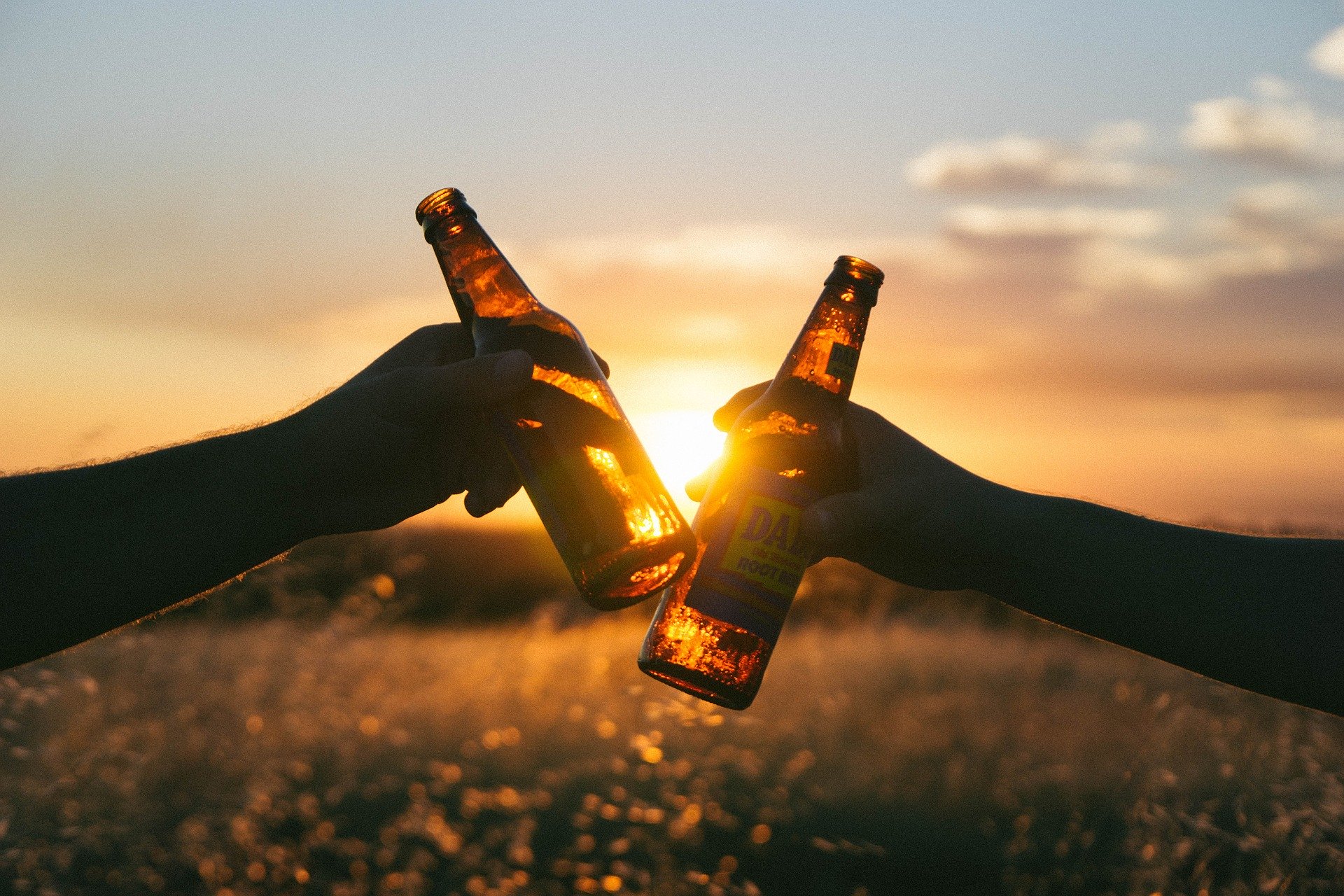Two interesting studies:
Alcohol Marketing and Young People’s Drinking: The Role of Perceived Social Norms
Ph.D. Dissertation by Gerard Hastings, University of Stirling
Abstract: There has been substantial scientific debate about the impact of alcohol marketing on consumption. Relying mainly on econometric studies, the alcohol industry has traditionally maintained that alcohol marketing does not influence consumption, but is merely limited to brand level effects. Public health advocates, on the other hand, point to consumer-level research that shows a relationship between exposure to marketing and alcohol consumption, especially amongst the young. Recent longitudinal research has firmly established a causal relationship between alcohol marketing and alcohol consumption, giving the upper hand to the public health critics of alcohol marketing. The new consensus forged by these recent cohort studies has led to two separate, but related, debates. In the first instance, having answered the question of whether marketing influences drinking behaviour, there is a need to establish how and when such effects occur. Secondly, in the face of the mounting longitudinal evidence on the effects of marketing, representatives of the alcohol industry have sought to move the debate away from marketing by explicitly highlighting peer influence as a more significant causal factor in problematic youth alcohol consumption. This thesis tackles both of these new questions simultaneously by harnessing insights developed from social norms theory. An online survey (N = 1,071) was administered to undergraduates of the Dublin Institute of Technology in Ireland, and mediation relationships were tested with logistic and multiple linear regression methods as appropriate. Amongst other findings, the main contributions of this thesis are: (1) that marketing may play a key role in establishing perceived social norms around alcohol consumption, and that these perceived norms may act as an indirect pathway for the influence of marketing on behaviour and (2) that the association between alcohol marketing and consumption may increase as levels of engagement with marketing increase; this engagement appears to be at its most potent when marketing facilitates simultaneous interaction between the consumer, the brand and the consumer’s peers in an online social media environment. This thesis helps to move the field of alcohol marketing scholarship beyond questions of whether marketing influences alcohol consumption to how and when that influence occurs. By showing how peers may act as perpetuators and magnifiers of marketing influence it also undermines the argument that peers matter more than marketing, and suggests that peer norms can act as a powerful marketing tool.
Impact of alcohol advertising and media exposure on adolescent alcohol use: a systematic review of longitudinal studies.
Anderson, P. deBruijn, A. Angus, K. Gordon, R. Hastings, G. published in 2009 in Alcohol and Alcoholism.
Abstract. Aims: To assess the impact of alcohol advertising and media exposure on future adolescent alcohol use.Methods: We searched MEDLINE, the Cochrane Library, Sociological Abstracts, and PsycLIT, from 1990 to September 2008, supplemented with searches of Google scholar, hand searches of key journals and reference lists of identified papers and key publications for more recent publications. We selected longitudinal studies that assessed individuals’ exposure to commercial communications and media and alcohol drinking behaviour at baseline, and assessed alcohol drinking behaviour at follow-up. Participants were adolescents aged 18 years or younger or below the legal drinking age of the country of origin of the study, whichever was the higher. Results: Thirteen longitudinal studies that followed up a total of over 38,000 young people met inclusion criteria. The studies measured exposure to advertising and promotion in a variety of ways, including estimates of the volume of media and advertising exposure, ownership of branded merchandise, recall and receptivity, and one study on expenditure on advertisements. Follow-up ranged from 8 to 96 months. One study reported outcomes at multiple time-points, 3, 5, and 8 years. Seven studies provided data on initiation of alcohol use amongst non-drinkers, three studies on maintenance and frequency of drinking amongst baseline drinkers, and seven studies on alcohol use of the total sample of non-drinkers and drinkers at baseline. Twelve of the thirteen studies concluded an impact of exposure on subsequent alcohol use, including initiation of drinking and heavier drinking amongst existing drinkers, with a dose response relationship in all studies that reported such exposure and analysis. There was variation in the strength of association, and the degree to which potential confounders were controlled for. The thirteenth study, which tested the impact of outdoor advertising placed near schools failed to detect an impact on alcohol use, but found an impact on intentions to use.Conclusions: Longitudinal studies consistently suggest that exposure to media and commercial communications on alcohol is associated with the likelihood that adolescents will start to drink alcohol, and with increased drinking amongst baseline drinkers. Based on the strength of this association, the consistency of findings across numerous observational studies, temporality of exposure and drinking behaviours observed, dose-response relationships, as well as the theoretical plausibility regarding the impact of media exposure and commercial communications, we conclude that alcohol advertising and promotion increases the likelihood that adolescents will start to use alcohol, and to drink more if they are already using alcohol.





